Readings
1. Based upon the reading how are priorities set for specific projects? Or in other words, what is it that determines the guidelines for given projects?
The only answer I can possibly think of is the context *for* the project. Or, in other words, the “concrete situation” that the project is about or born out of. To determine the priorities or guidelines for any given project, you must first know what the purpose of the project is and who it is for, and then use that information to decide how the project could, or should, go about achieving that goal.
For example, think of Superflex’s biogas project in Africa. The project aimed to provide a productive solution to an African family’s needs, but to also initiate conversation from communities in different ways. The understanding was that people would see the biogas and interpret them in different ways, but the goal was to ensure that these perspective started a meaningful discussion about the project. To this end, the biogas had to be functional, eye-catching, and unique in form so as to invite curiosity and judgment.
2. How does the artist/ designer approach decision making differently or do they?
In many ways, I think artists and designers approach decision making in similar ways. Both must ask themselves how to achieve their intended goals and must discern if their methodology is appropriate or effective. If a designer wants to create a User Interface that allows users to accomplish a task on a computer, they must come up with solutions as to how to accomplish that goal, and then they must discern if these solutions are appropriate or effective. Similarly, if an artist wants to create a painting that evokes specific emotions from its audience, they must discern a method as to how to accomplish that goal, and then they must decide if these methods are appropriate or effective. There’s a lot both the artist and designer have in common here.
But I think it’s important to recognize that what motivates the artist and designer throughout their decision making can be extremely different. Whereas an artist is more likely seek methods that are unique and unconventional in the hopes of yielding intriguing results for their audiences, the designer is more likely to value methods that at least feel intuitive or familiar with the goal of providing engaging and comfortable results for their users. At the end of the day, the product of the artist may be open to interpretation and elusive to the audience while still being successful, but the designer’s product must find a way to make a direct and identifiable connection with its user (although there is no requirement for the user to fully understand how this connection is made, only that it is).
Personal Reflection
1. How do you make decisions? Are they based upon anything substantial? Why or why not?
I make decisions based upon what my goals are. What am I trying to accomplish? Who for? To what end? With what time, resources, and energy? It might seem like random rambling, but the answers to these questions are the basic necessities needed to move forward with any degree of reasonable certainty.
If ever I’m at a loss, I always find it’s easiest to start back at the basics. It doesn’t matter how complicated the goal might seem or how contrived the context might appear. Stepping back to observe the basic elements of the circumstance is nearly always a sure-fire way to perceive the big picture and find a path towards the end goal.
2. How do you know when something is “good” or working?
Not to be redundant, but: When it’s achieving its goal, you know it’s working. How well this “something” achieves its goal is how I determine its level of quality.
As a game development major, I find it easiest to lean on my prefered medium for an example: Let’s say you have a video game where the goal is to feel relaxed and happy. What makes a person feel relaxed or what makes them happy obviously varies incredibly from each individual to another, so much so that the goal might seem impossibly overwhelming. But an easy way to start is to begin with the basics. If you an individual to feel relaxed, what should you make certain to or, even better, what should you not do? Well, you should make the goal of the game easy to understand and simple to execute on. You should not bombard them with information or choices. You should make the controls as intuitive and simple as possible. You should not create difficulty barriers that require skills which can only be achieved through practice. You should ensure that the game encourages moments of “flow,” or in other words that game is challenging enough to require a degree of focus, but not challenging enough to punish or discourage the player. It is a delicate balance.
An excellent example of a game that accomplishes this is a game called Flower, in which the player controls a gust of wind that floats around natural landscapes to trigger the blooming of budding flowers in the area. The developers focused on a single emotion they wanted to evoke in players: Joy. To that end, anything that does not directly contribute to a sense of joy was not included in the game. As result, there is no menu screen, there are no high scores, there is no information displayed on the screen, there is no game over, and so forth. All of these things obviously don’t directly contribute in creating a universal sense of joy. The end product was a game that could be controlled by tilting the joy stick, or even the controller itself, and required the of only one button… Which was any button. Any button pressed on the controller caused the player’s gust of wind to accelerate. There is no need for memorization of certain button combinations. The designers focused on creating beautiful plains of grass, with bright blue skies. They focused on sound, which gave players a sense of speed as their wind blew through the grass and tree branches. They created a calm, engaging soundtrack that would add new notes as they triggered new flowers to bloom, each flower offering a single petal that gave the player’s wind shape and form. Tracks were created with the budding flowers for the player to breeze past, but in a manner which encourages the player to tackle the level in any way they please. There is no “right” or “wrong” path.
The developer behind this game, That Game Company, has become renowned in the industry for creating beautiful, focused experiences that any type of player can enjoy. It doesn’t matter if you’ve been playing games for decades, years, months, or if this is your first time trying one. The experiences they deliver are simple, specialized, and unique, accessible to anyone willing to try them.
3. How do you rework projects to make them work?
If a project needs to be reworked, the first step is always to take a step back and ask why: What about this doesn’t work? It doesn’t need to be terribly specific, just start off thinking in the broad sense. If your project is supposed to make someone feel happy, but fails to do that, then the question is, “What emotion does this project evoke?” Sadness? Anger? Confusion?
You need to discern the reason your project needs to be reworked in the first place. Without this basic step, you’ve got nothing to go on.
Once that has been done, the next step is to figure out what about the project is causing that. It could be something as simple as color choice or the shapes used, or it could be something more complicated like the materials involved or some symbolism that is being evoked.
Basically, you must reverse-engineer what you have. Work backwards from where you are to figure out what went wrong at what point. Only then can you isolate what features need to be changed, replaced, or completely removed in order to get your project from what it shouldn’t be to what it should be. Sometimes, this might require starting from square one, but more often than not it boils down to specific choices made along the path of development.
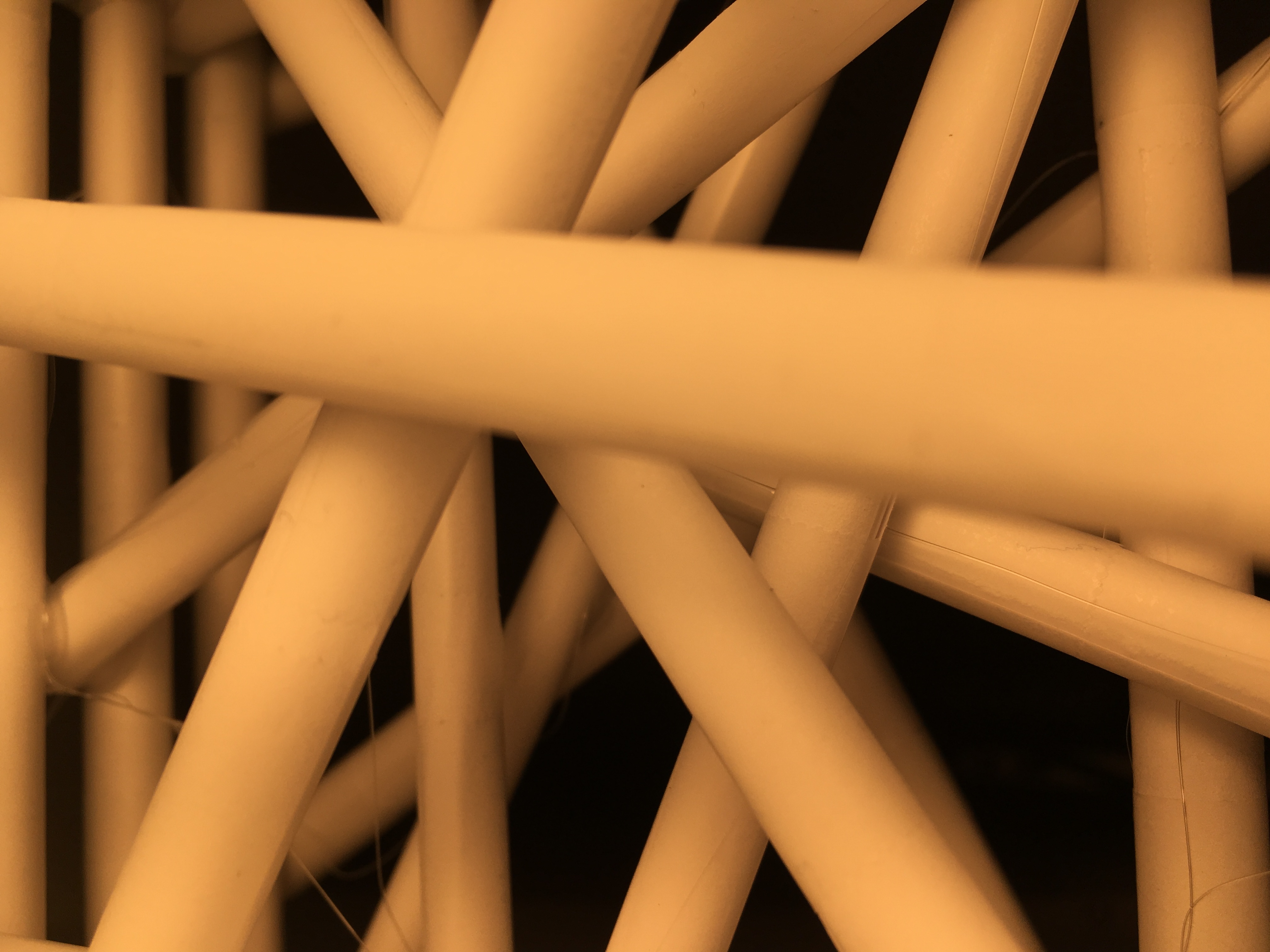
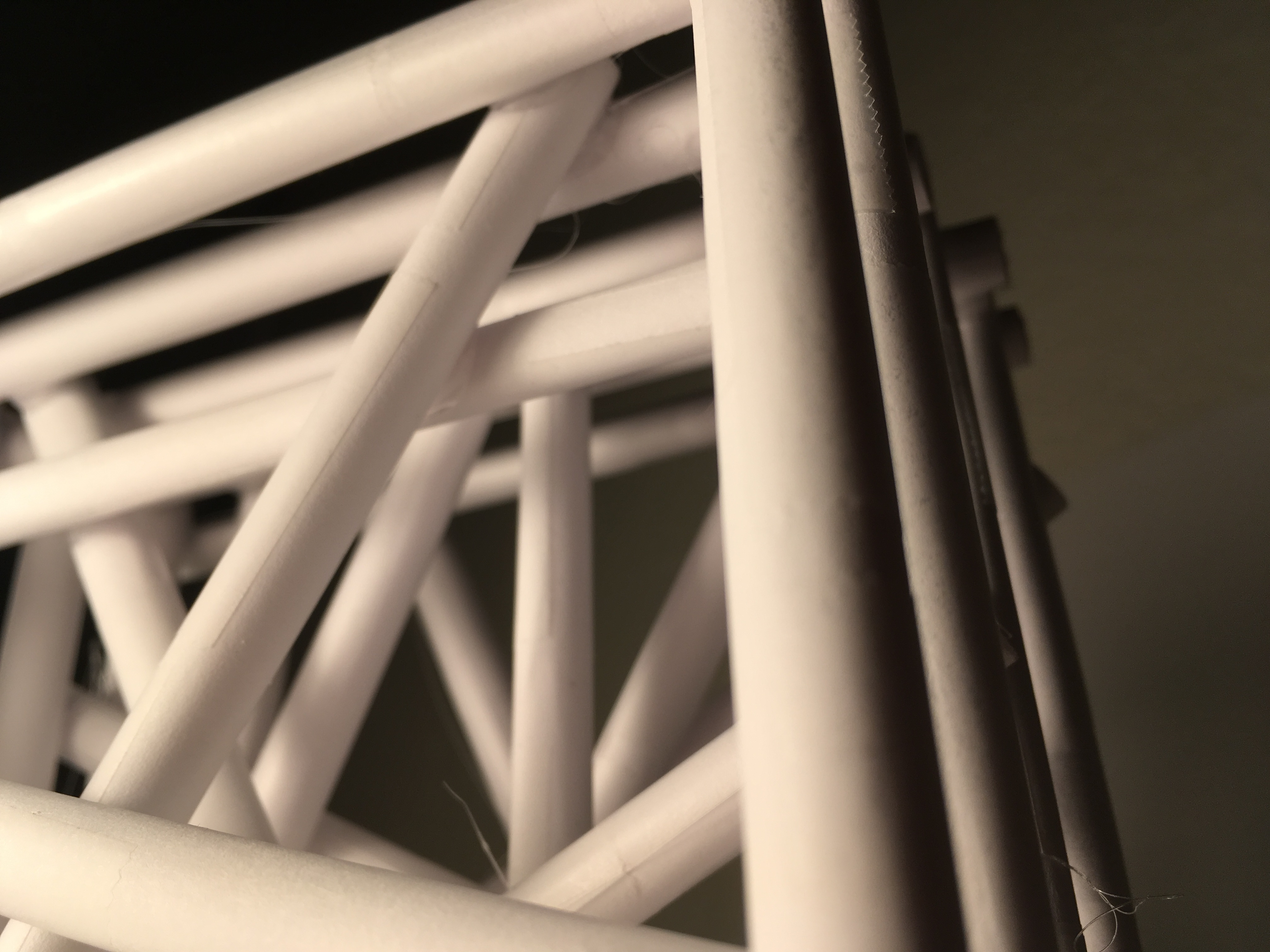
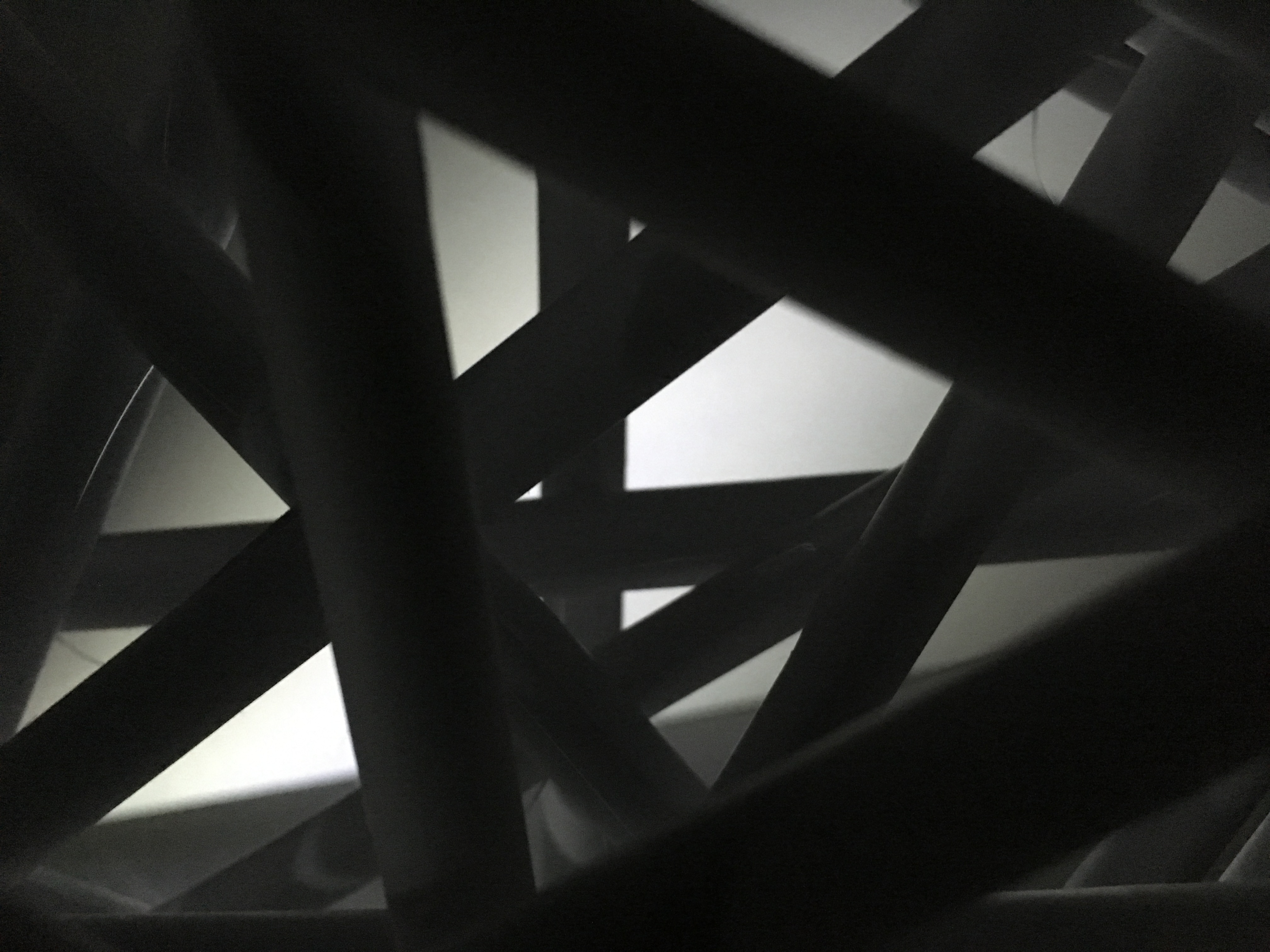
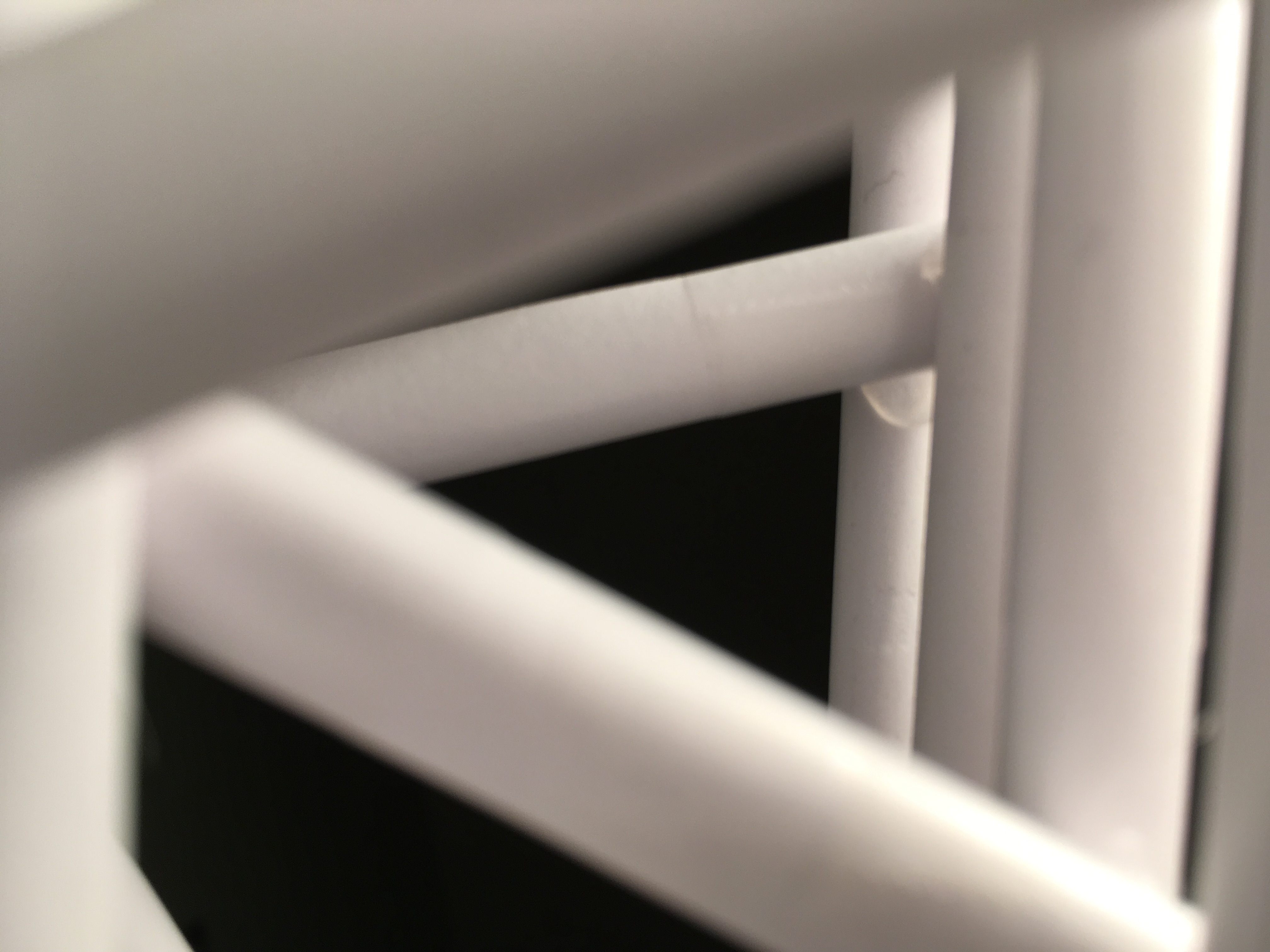
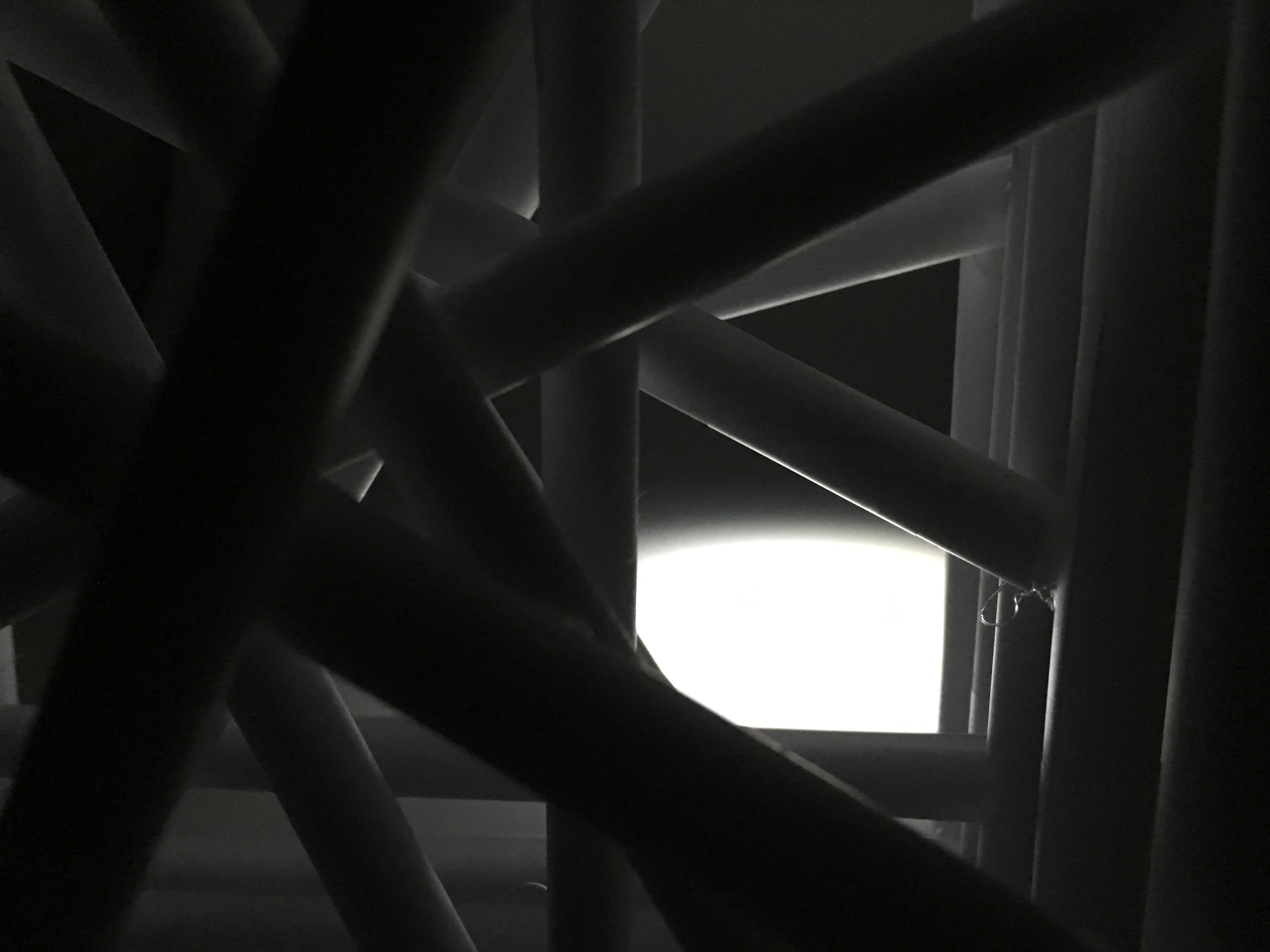
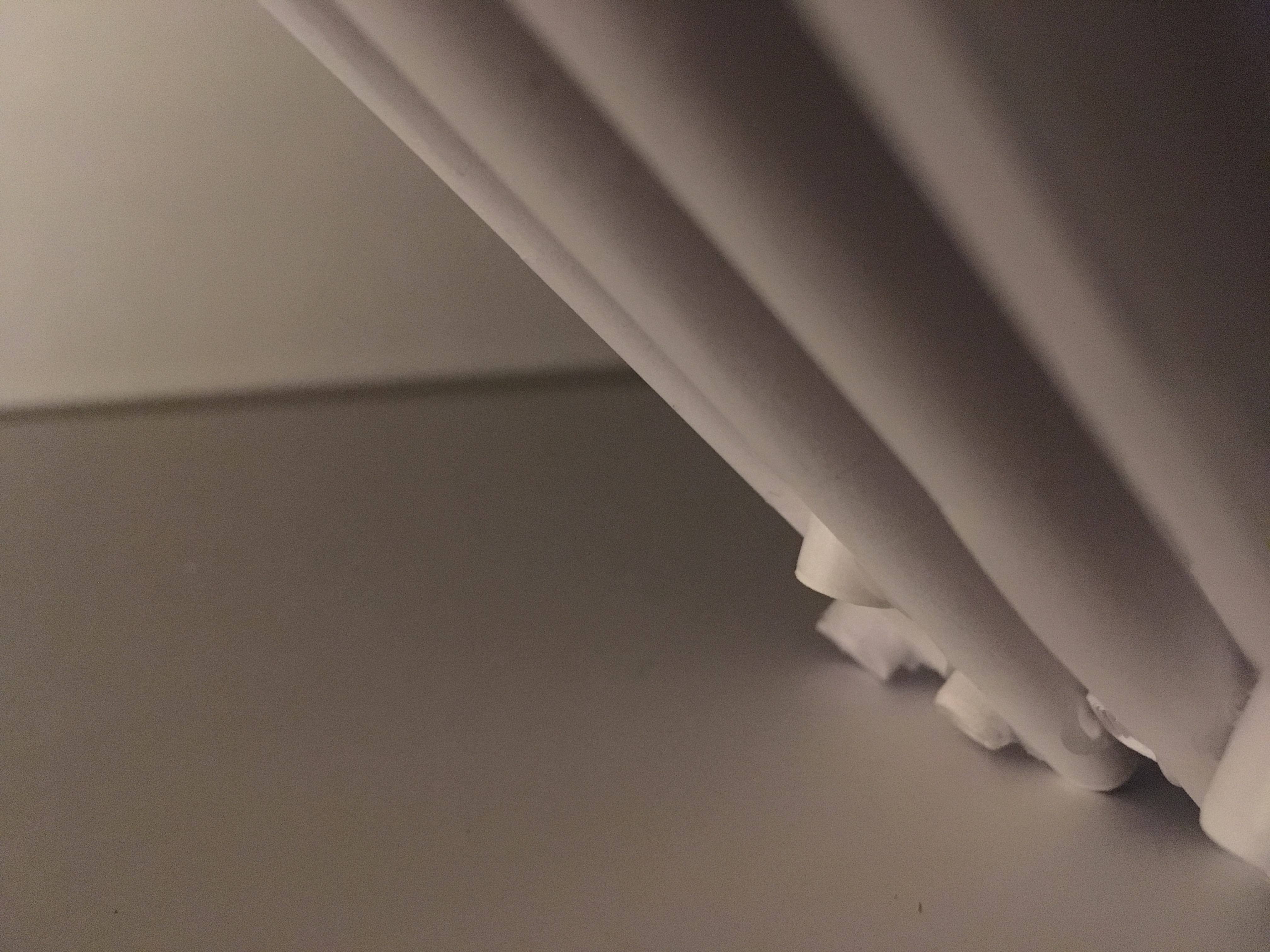


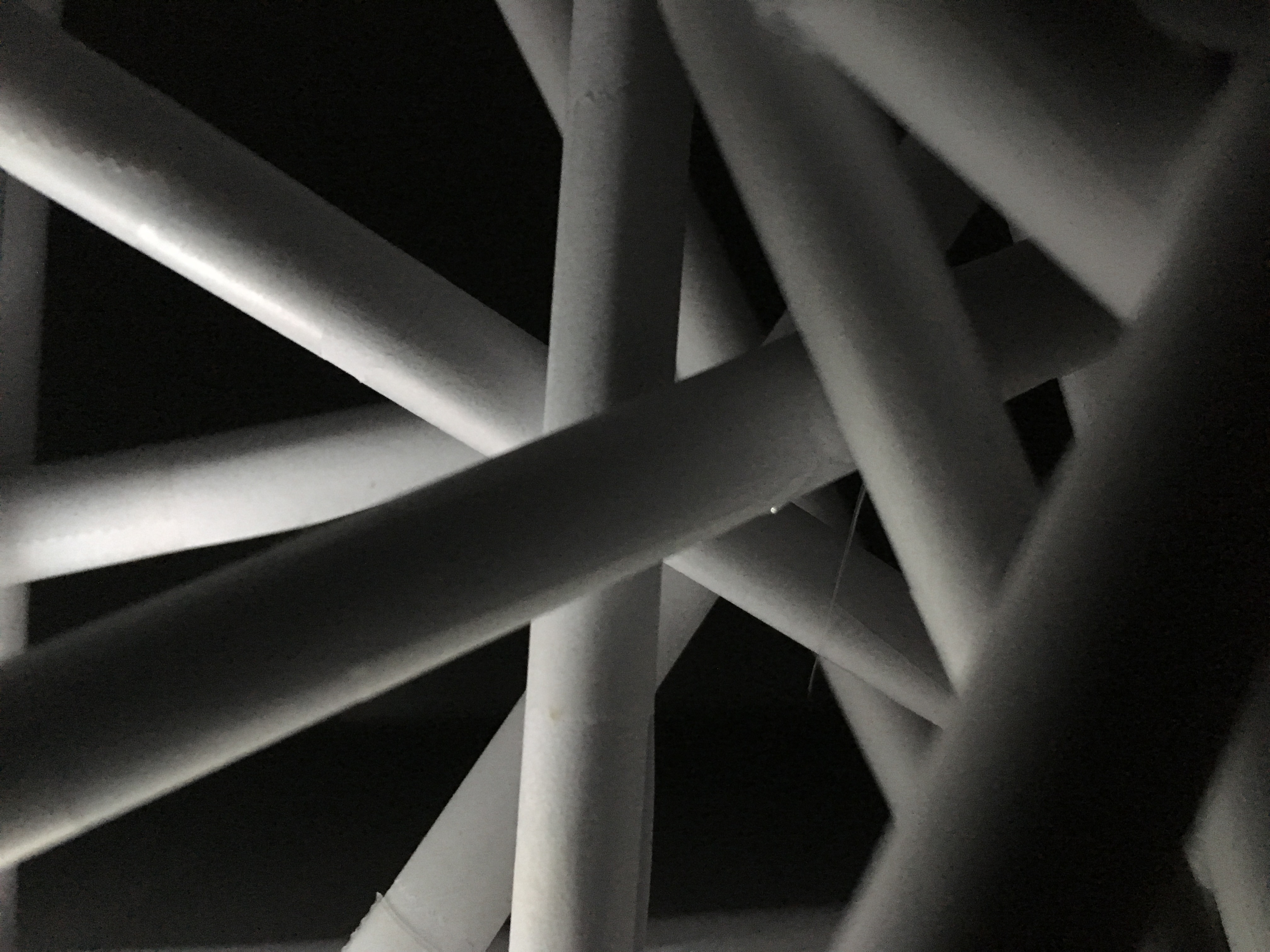
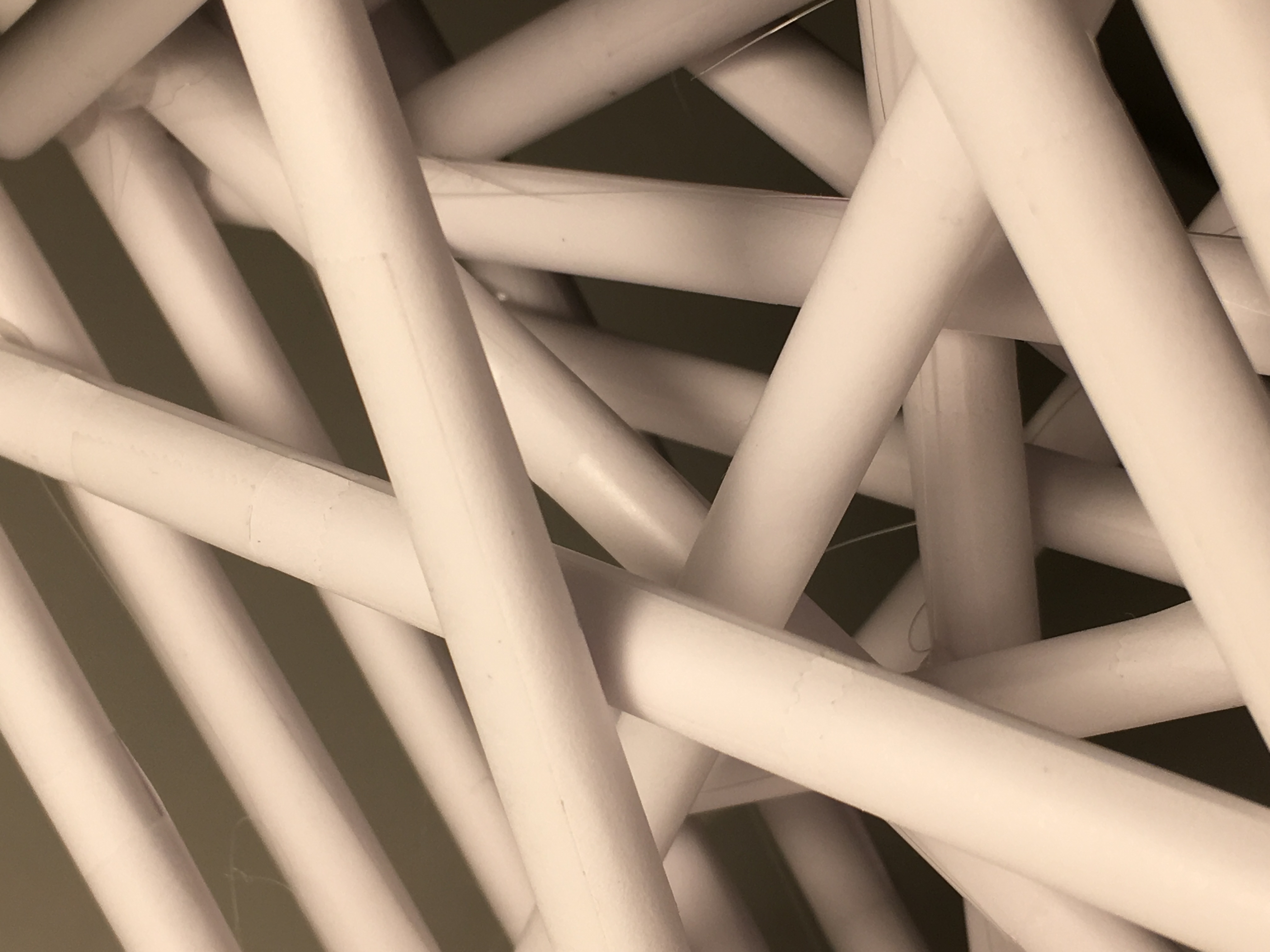
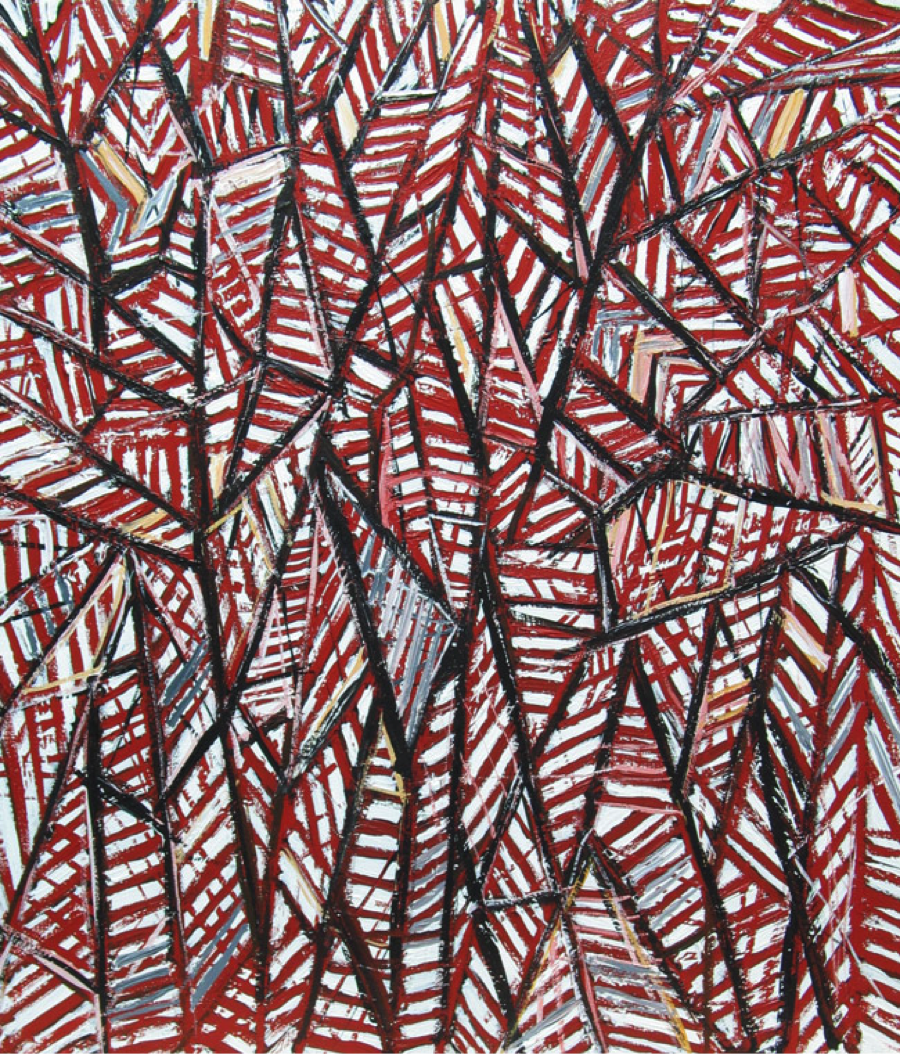
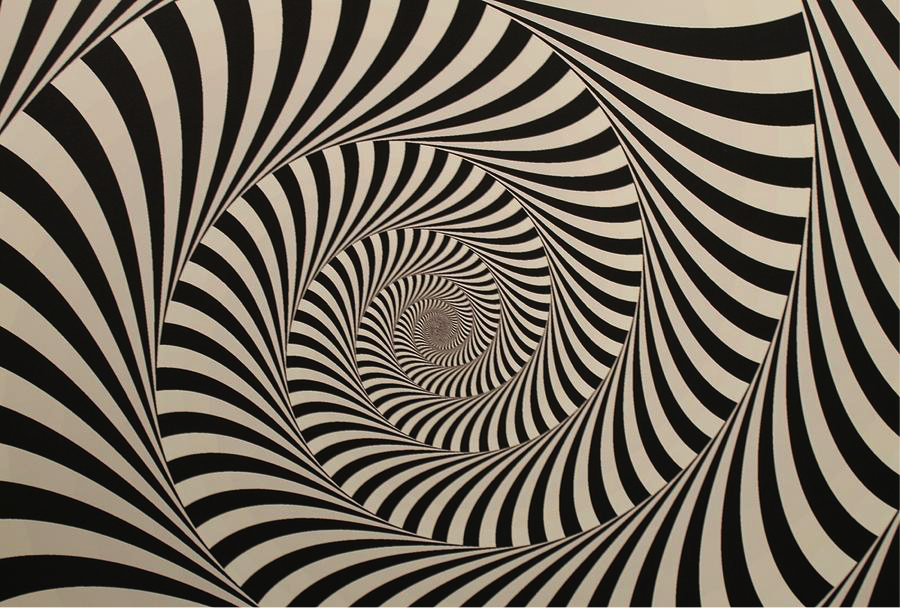

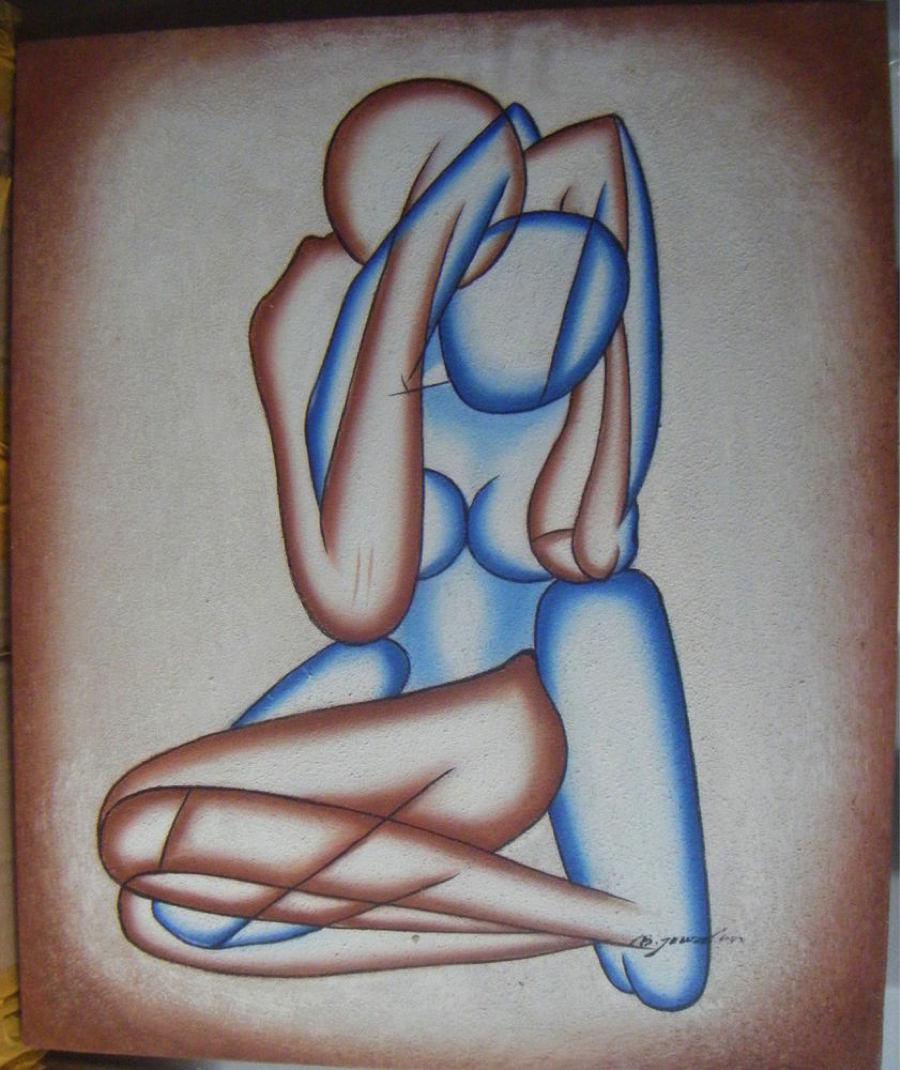

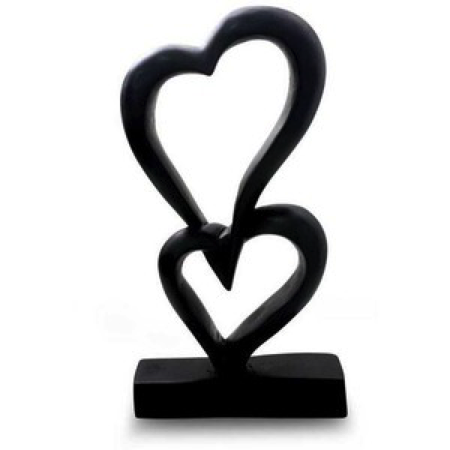
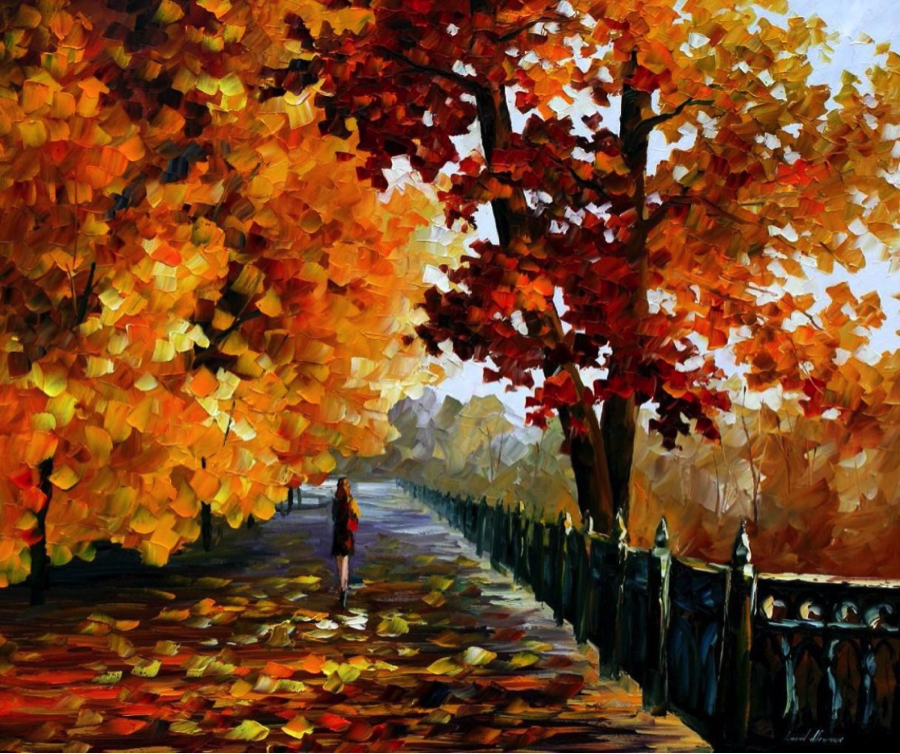
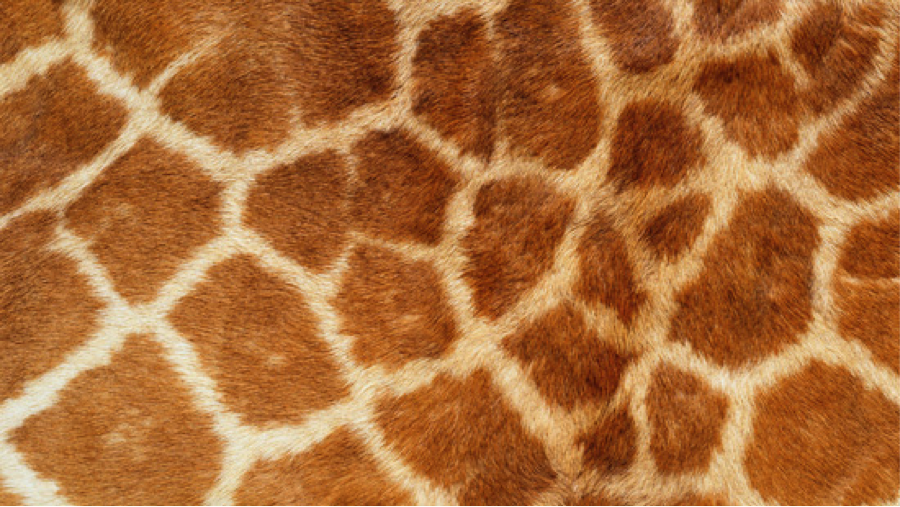

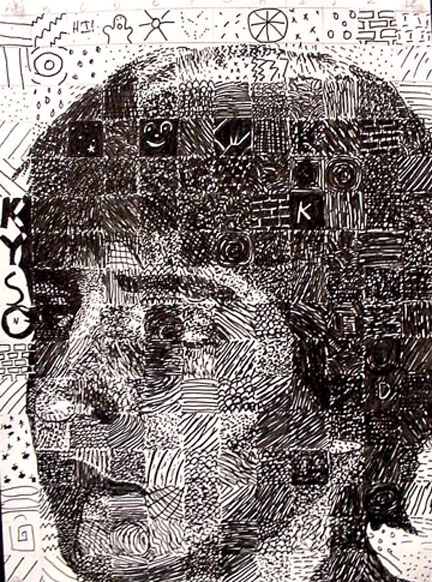
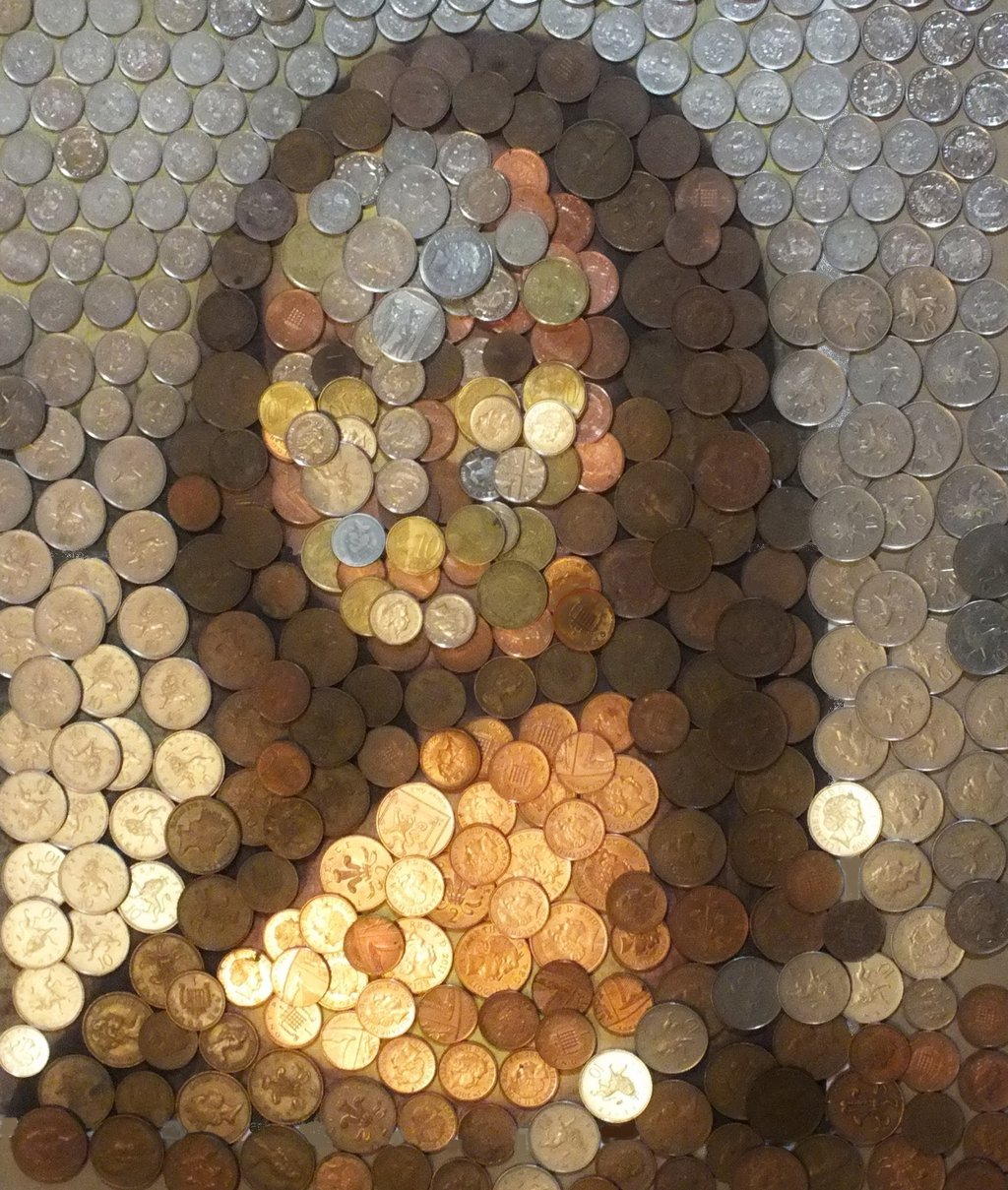

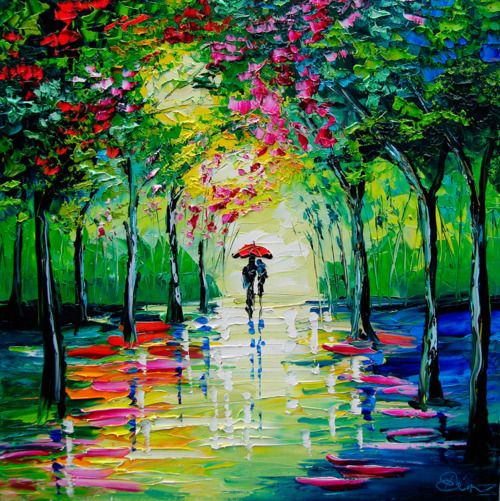
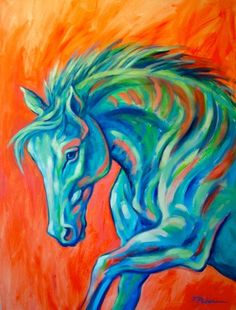
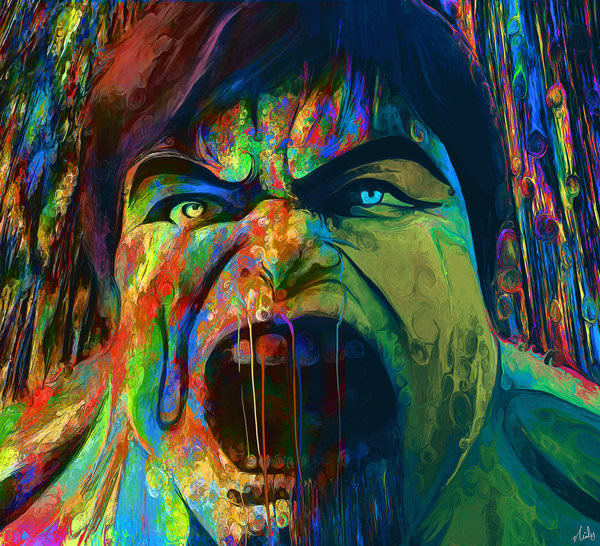
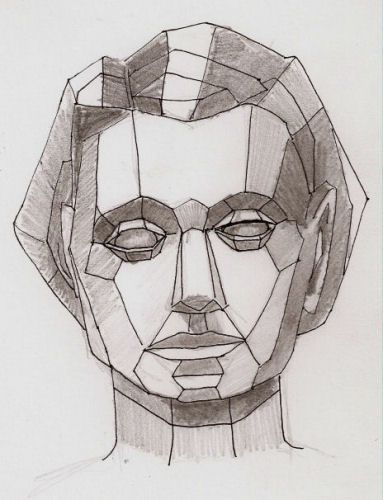
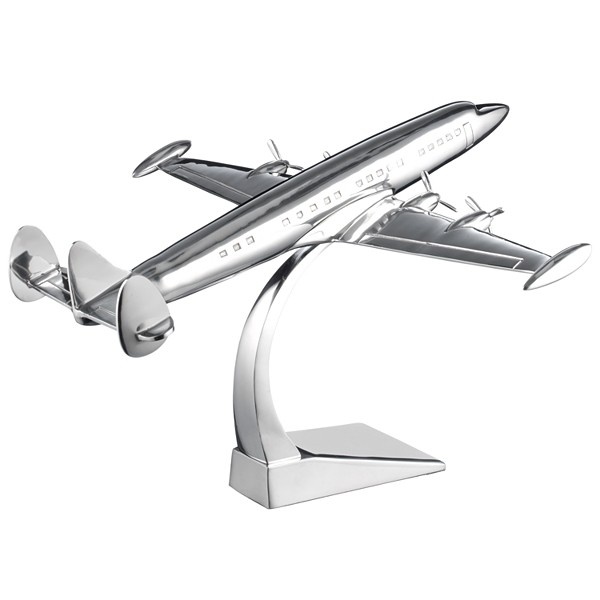

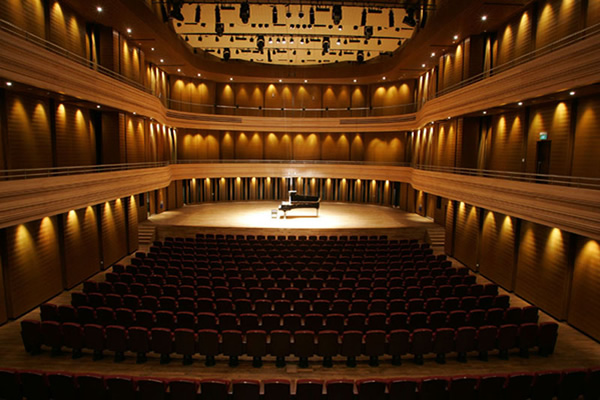
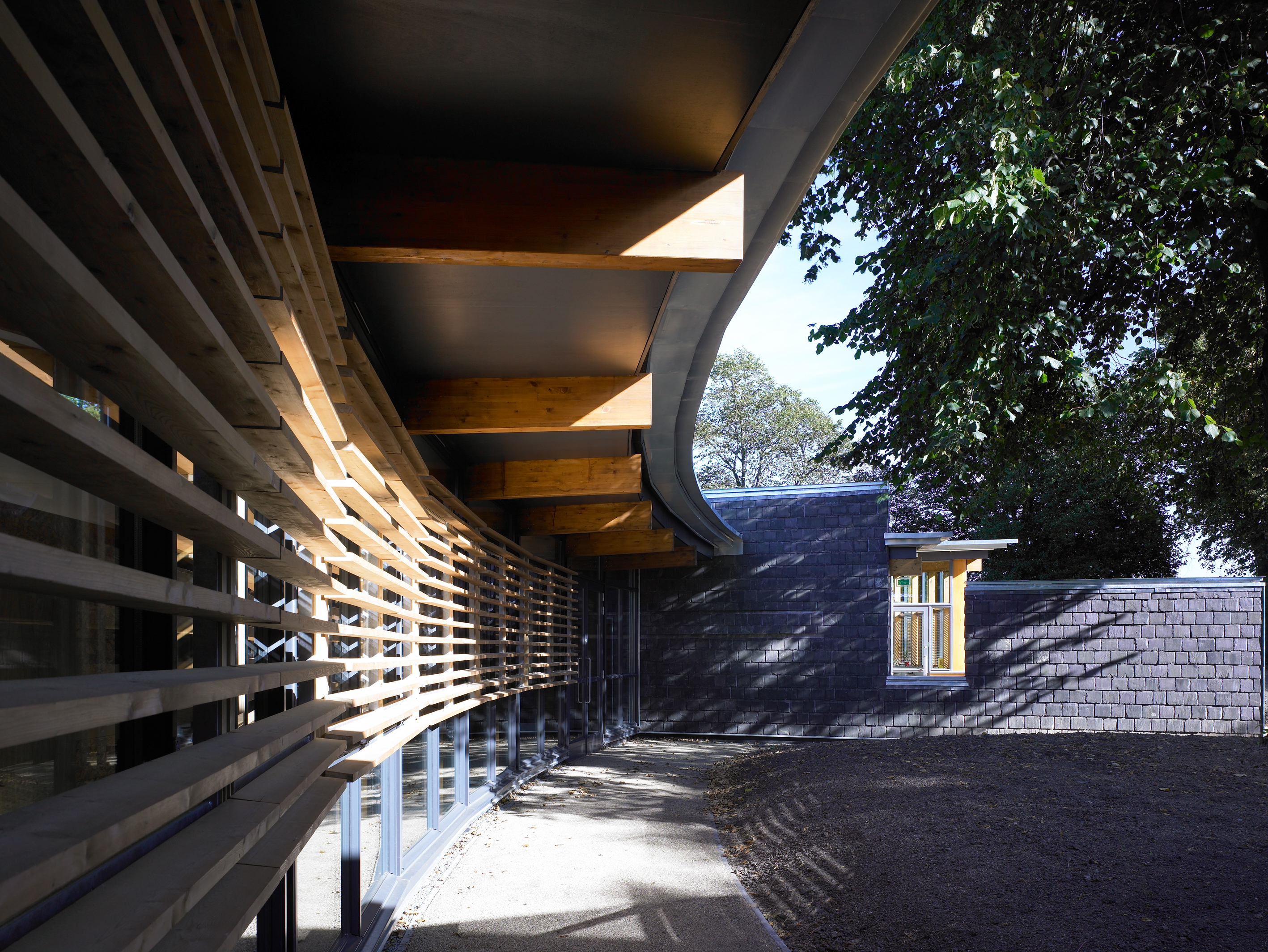
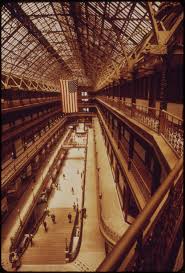
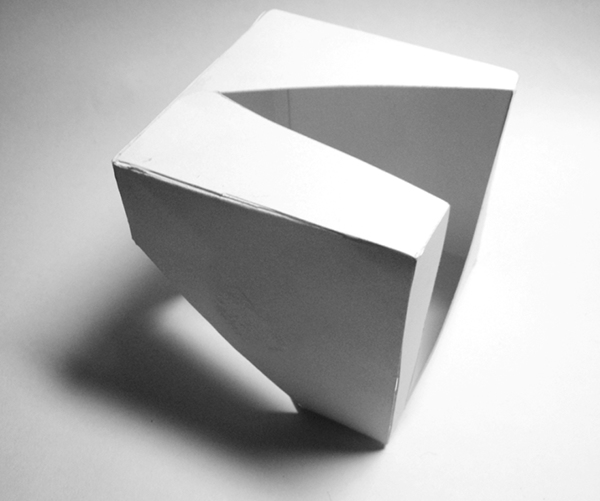
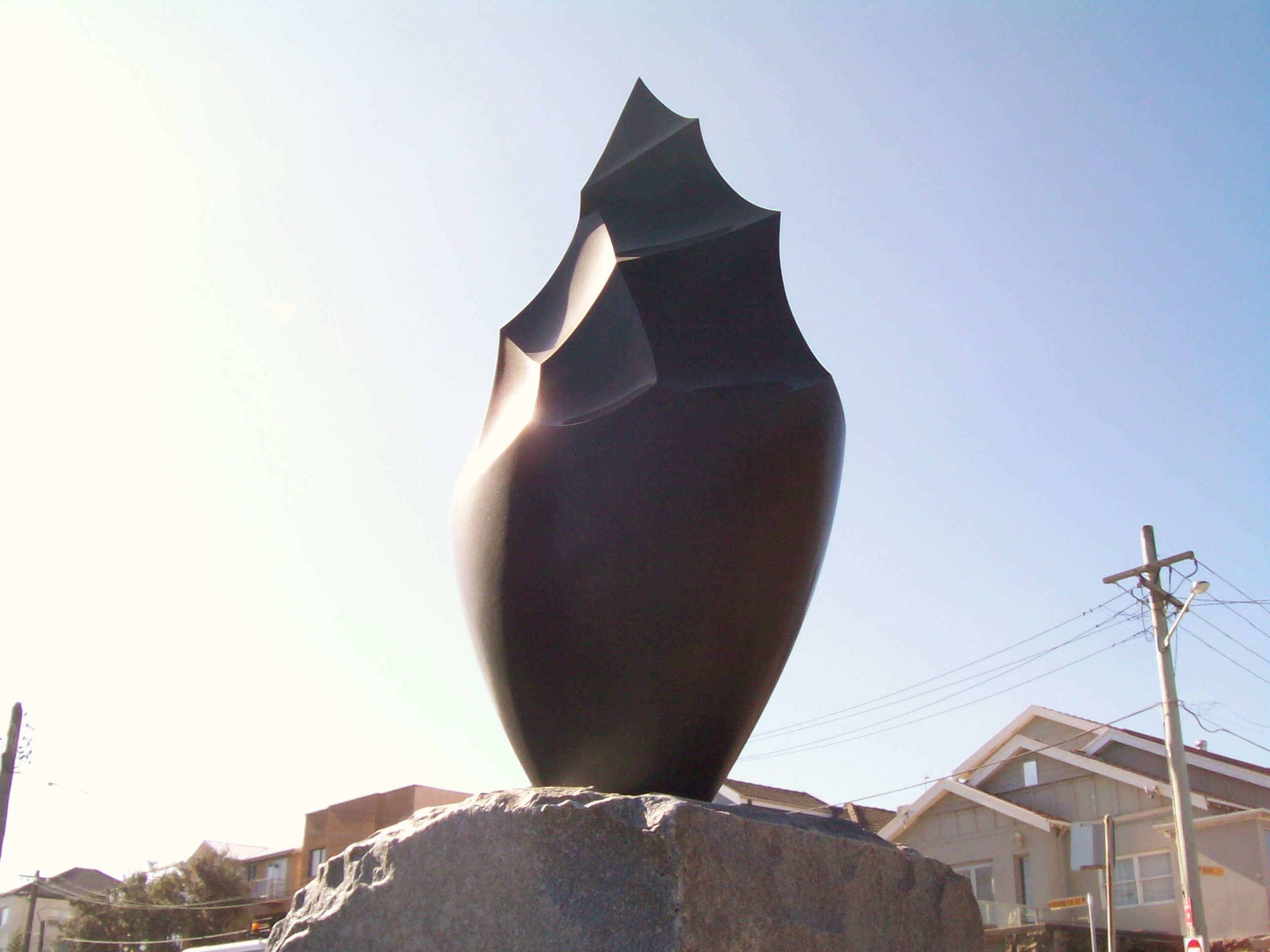
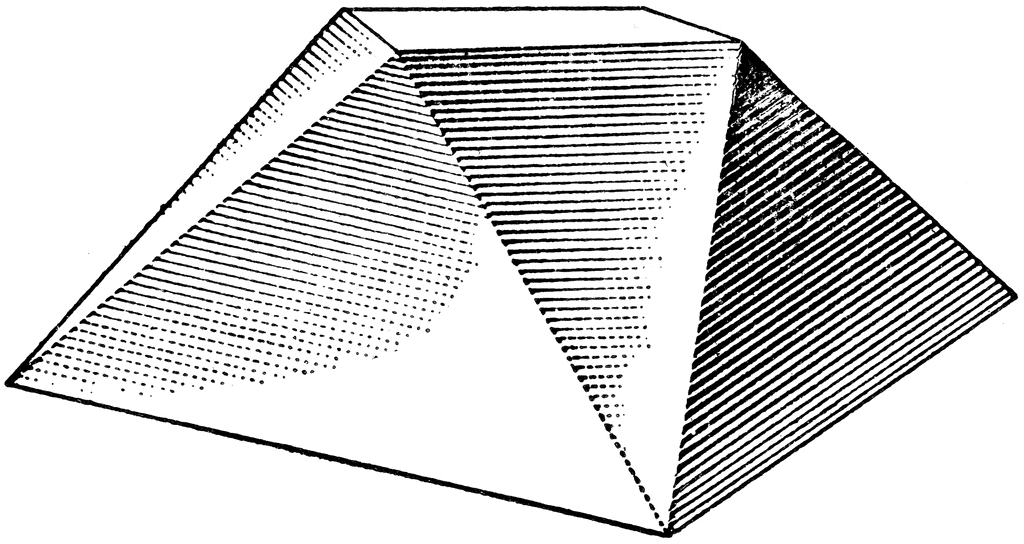



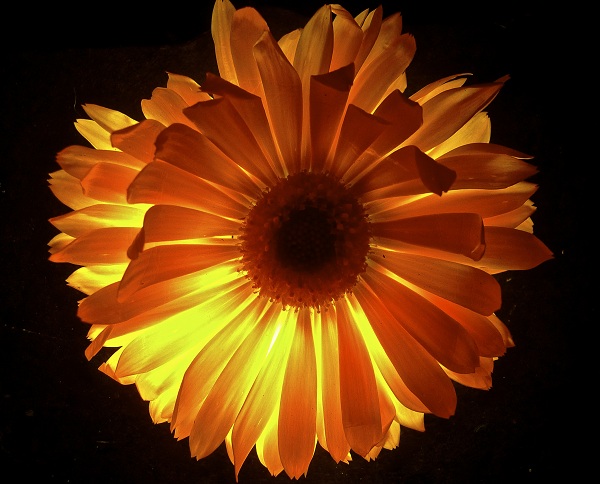

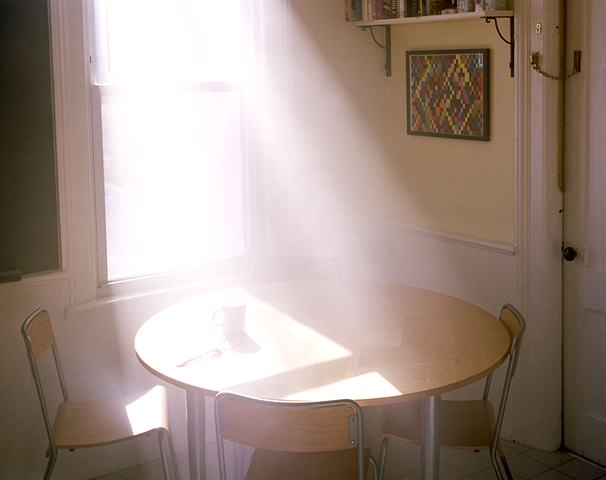



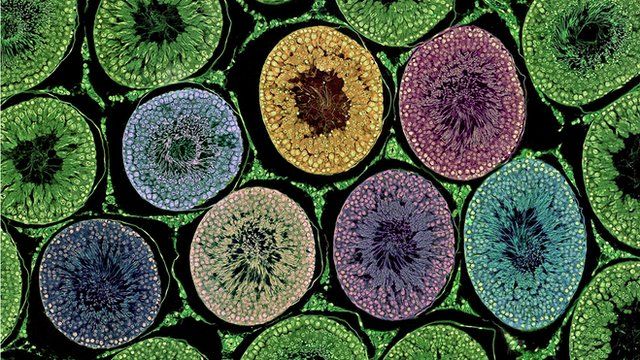



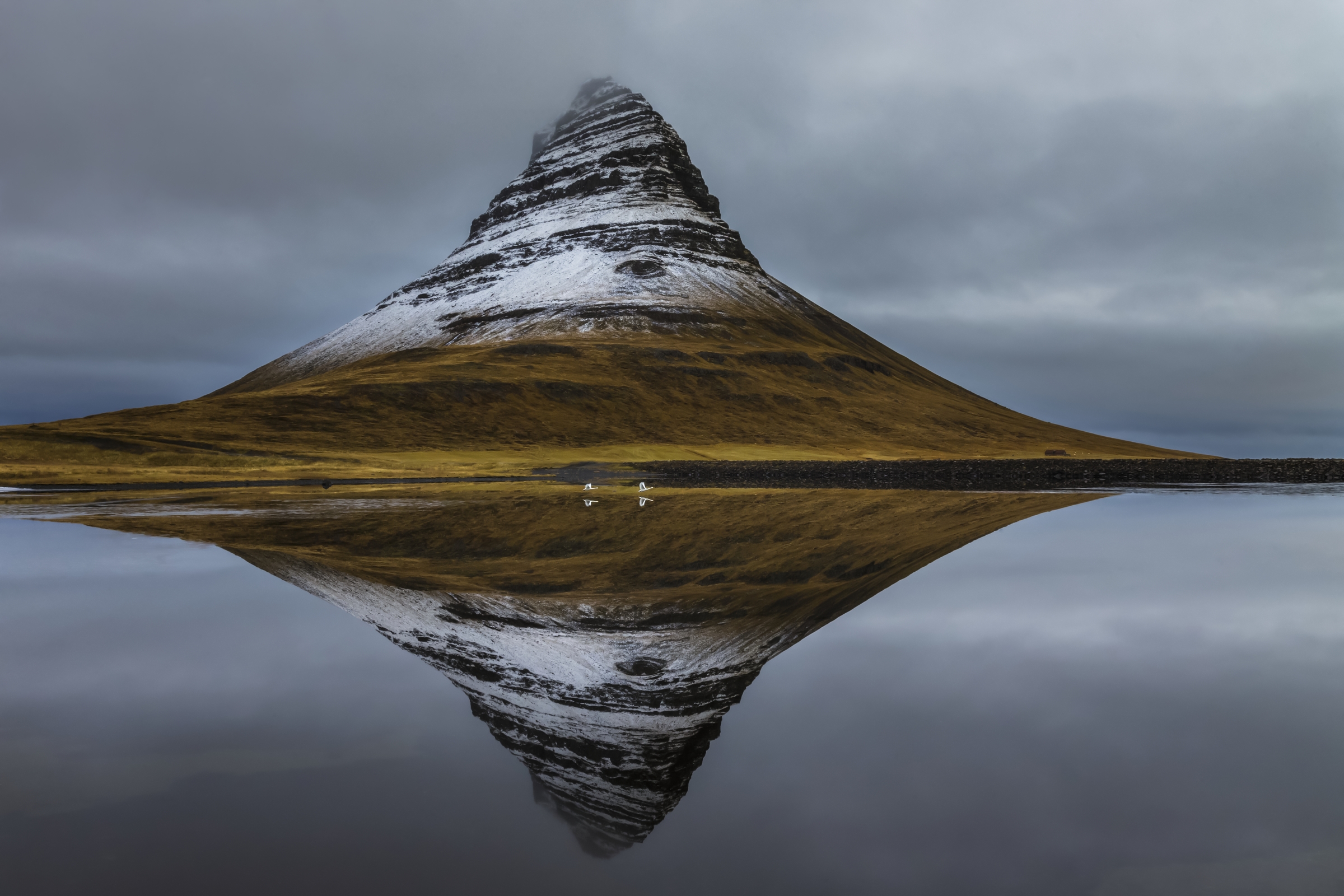


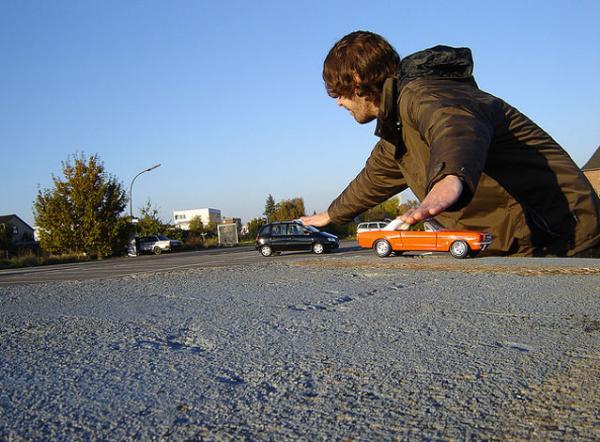


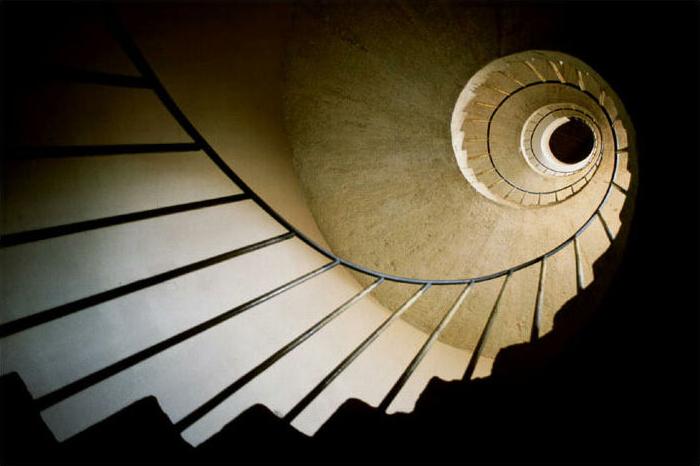
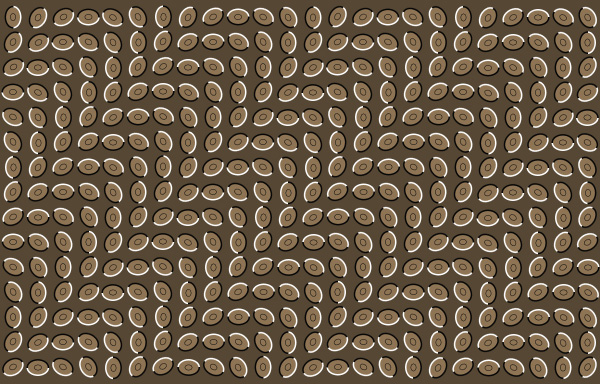
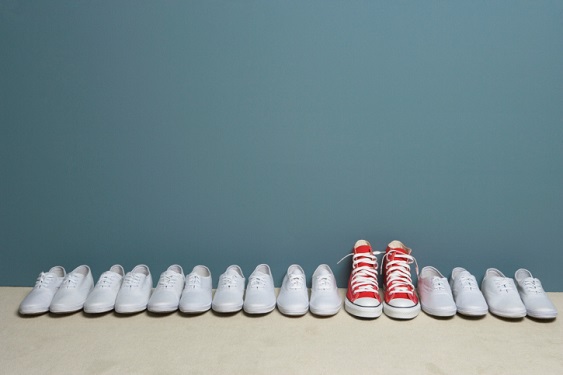

















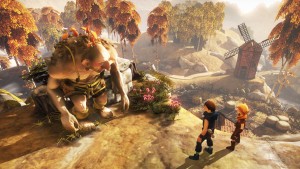
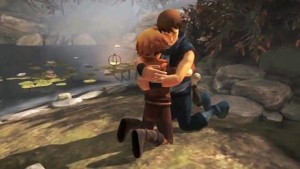
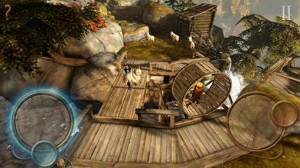

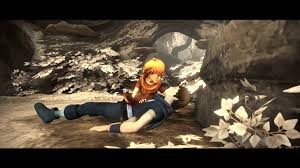
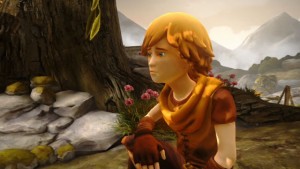
Recent Comments